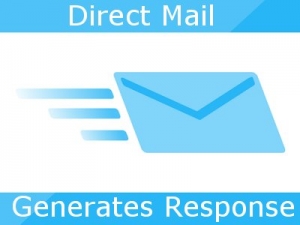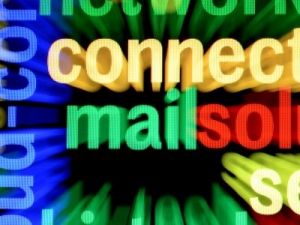 Many marketers focus on eye-catching design for their direct mail pieces. While this may keep the postcard or letter of the recycling bin, it is possible to do more than just grab attention quickly. The best mail pieces make the people on your response list take action without pausing to mull over the information for long. How do you design a marketing piece that has that type of power?
Many marketers focus on eye-catching design for their direct mail pieces. While this may keep the postcard or letter of the recycling bin, it is possible to do more than just grab attention quickly. The best mail pieces make the people on your response list take action without pausing to mull over the information for long. How do you design a marketing piece that has that type of power?
The response spoken of above as part of a thing called neuromarketing. Its focus is on the natural response pathways in the brain and how to trigger them with the right stimuli. These occur in the lower and more ancient grain structures.
It is often said that you do not have a second chance to make a first impression. This is very true and speaks directly to what neuromarketing is. A person who sees your direct mail does not know why they are getting a particular first impression, but it is a very important thing that will trigger their next action. Savvy marketers can use certain techniques to force a particularly positive impression the moment the envelope or card is taken from the mailbox.
How can this marketing magic happen?
1 – Graphics – A picture is worth 1000 words especially when it triggers an emotional response. Choose images wisely to evoke feelings in your direct mail response list.
2 – Story – Authentic anecdotes that demonstrate the power of your product or service helps. These can include testimonials or reviews or short and punchy stories that evoke emotion and thought.
3 – Only Two Choices – Represent your product or service as the best choice out of only two options. These either-or scenarios must clearly demonstrate the benefits yours would bring so the choice is obvious and clear to the recipient.
4 – Give Solutions – Every product or service solves the problem. Identify the problem and clearly show how yours does so in your mail pieces. Keep the focus on the solution to make a positive first impression.
5 – KISS Message – Keep the message on the direct mailer short and simple. People do not make initial decisions based on extensive lists of features or paragraphs full of details. Identify the main benefit and state it clearly.
After a person pulls your mail pieces out of their mailbox or inbox, you have approximately five seconds to catch their attention and elicit the response you want. The five tips listed above should be used in conjunction to create the most positive and memorable first impression possible. Sell one product or service with a marketing campaign and identify the strongest focus that mail recipients will respond to.
When the selling to consumers, do not push logic or reason to hard. These may come into people’s buying decisions down the road, but they do not force that initial burst of interest or fast sales. When it comes to pushing products or services, too much thinking is the enemy of profit. It slows things down. Also, if a person is not prepared to consider all factors at the moment they get their mail, your contact is more likely to end up in the recycling bin or forgotten on a pile of junk mail.
Highlight a problem your response list shares and deliver a solution in a positive manner. Combined with the other factors listed above, this will create the right neurological response and active response to your mailer.
Examine your current direct mail marketing campaigns with this new knowledge at hand. Do you use all of the five tips to generate the best first impression and inspire a response? What we should tweak in order to make the mail pieces stronger? Once you identify weak areas based on this new information, make necessary changes. Another way to explore this neuromarketing technique is to look at mailers you receive and analyze your reactions to them.
Have you developed a great mail piece that works exceptionally well? Or have you learned something new that you would like to share with other direct marketers? Please feel free to contact me or make a comment below.


